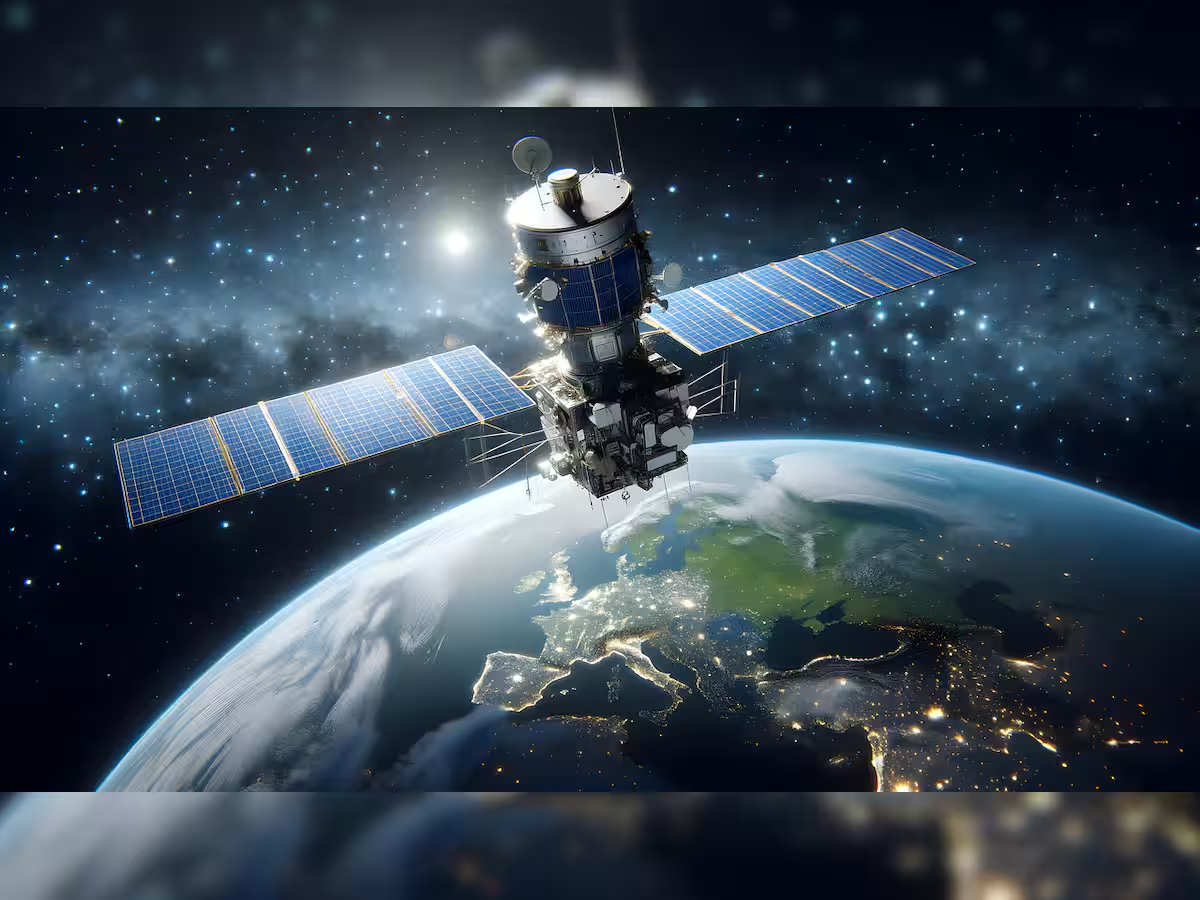- Courses
- GS Full Course 1 Year
- GS Full Course 2 Year
- GS Full Course 3 Year
- GS Full Course Till Selection
- Answer Alpha: Mains 2025 Mentorship
- MEP (Mains Enrichment Programme) Data, Facts
- Essay Target – 150+ Marks
- Online Program
- GS Recorded Course
- Polity
- Geography
- Economy
- Ancient, Medieval and Art & Culture AMAC
- Modern India, Post Independence & World History
- Environment
- Governance
- Science & Technology
- International Relations and Internal Security
- Disaster Management
- Ethics
- NCERT Current Affairs
- Indian Society and Social Issue
- NCERT- Science and Technology
- NCERT - Geography
- NCERT - Ancient History
- NCERT- World History
- NCERT Modern History
- CSAT
- 5 LAYERED ARJUNA Mentorship
- Public Administration Optional
- ABOUT US
- OUR TOPPERS
- TEST SERIES
- FREE STUDY MATERIAL
- VIDEOS
- CONTACT US
ISRO Likely to Launch Earth Observation Satellite-8 on August 15
ISRO Likely to Launch Earth Observation Satellite-8 on August 15

The Earth Observation Satellite-8 (EOS-8) is likely to be launched on August 15, according to ISRO sources. The satellite will be launched by the Small Satellite Launch Vehicle (SSLV)-D3 from Sriharikota in Andhra Pradesh.
Main Points:
Primary Objectives:
- Designing and developing a microsatellite.
- Creating payload instruments compatible with the microsatellite bus.
- Incorporating new technologies required for future operational satellites.
Payloads:
- Electro Optical Infrared Payload (EOIR):
- Captures images in the Mid-Wave IR (MIR) and Long-Wave IR (LWIR) bands, both during the day and night.
- Applications include satellite-based surveillance, disaster monitoring, environmental monitoring, fire detection, volcanic activity observation, and industrial and power plant disaster monitoring.
- Global Navigation Satellite System-Reflectometry (GNSS-R) payload:
- Demonstrates the capability of using GNSS-R-based remote sensing.
- Applications include ocean surface wind analysis, soil moisture assessment, cryosphere studies over the Himalayan region, flood detection, and inland waterbody detection.
- SiC UV Dosimeter:
- Monitors UV irradiance at the viewport of the Crew Module in the Gaganyaan Mission.
- Serves as a high-dose alarm sensor for gamma radiation.
- The spacecraft has a mission life of one year.
Analysis/Impact:
- Technological Advancements:
- EOS-08 marks a significant advancement in satellite mainframe systems.
- Features an Integrated Avionics system, known as the Communication, Baseband, Storage, and Positioning (CBSP) Package, which combines multiple functions into a single, efficient unit.
What is Global Navigation Satellite System-Reflectometry (GNSS-R):
A satellite remote sensing technique that uses surface-reflected GNSS signals to infer information about the Earth’s surface.The reflected GNSS signals act as a bistatic remote sensing radar that responds to changing surface conditions.
Conclusion:
The launch of the Earth Observation Satellite-8 (EOS-8) by ISRO on August 15 is a significant milestone in India's space program. This mission not only demonstrates the country's technological prowess in developing advanced microsatellites but also highlights the practical applications of satellite technology in various fields such as disaster monitoring, environmental surveillance, and scientific research. The EOS-8, with its innovative payloads and integrated avionics system, is set to contribute valuable data and insights, furthering India's capabilities in space exploration and Earth observation.



